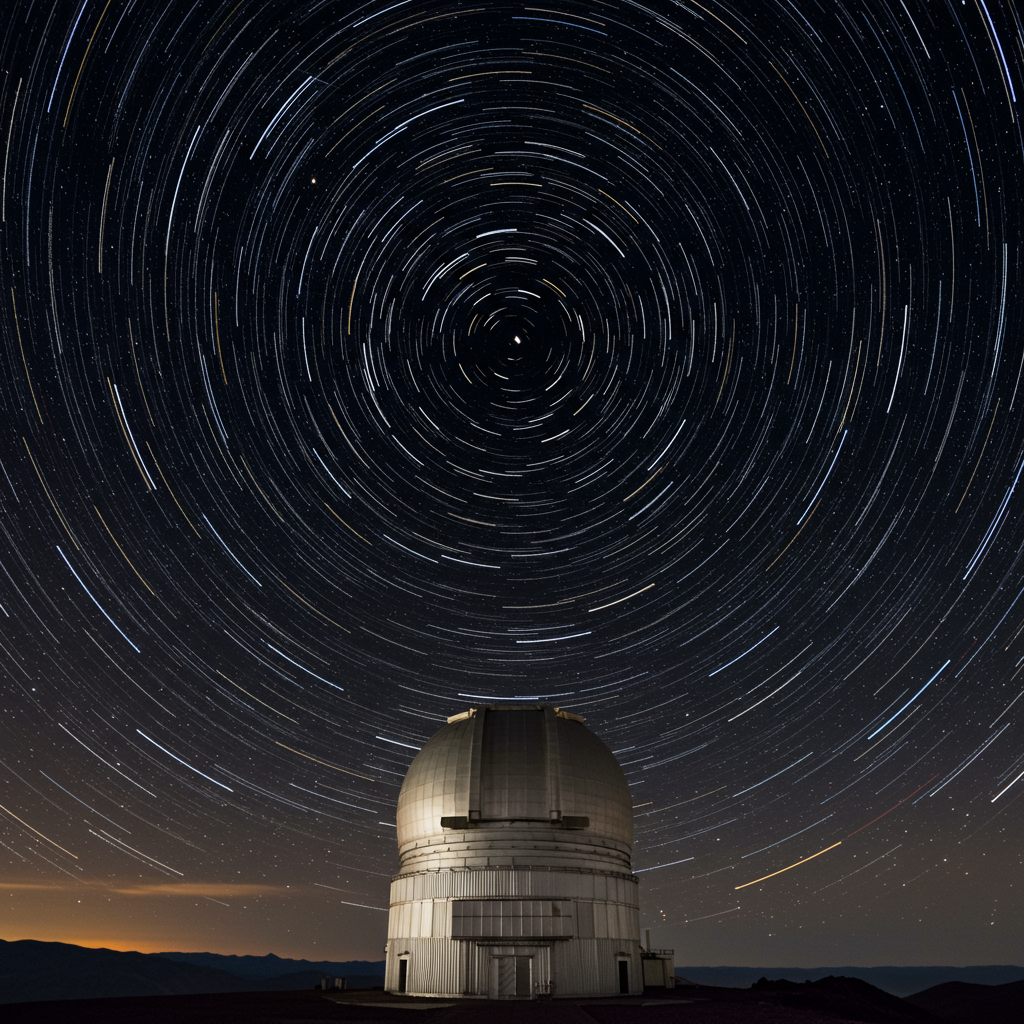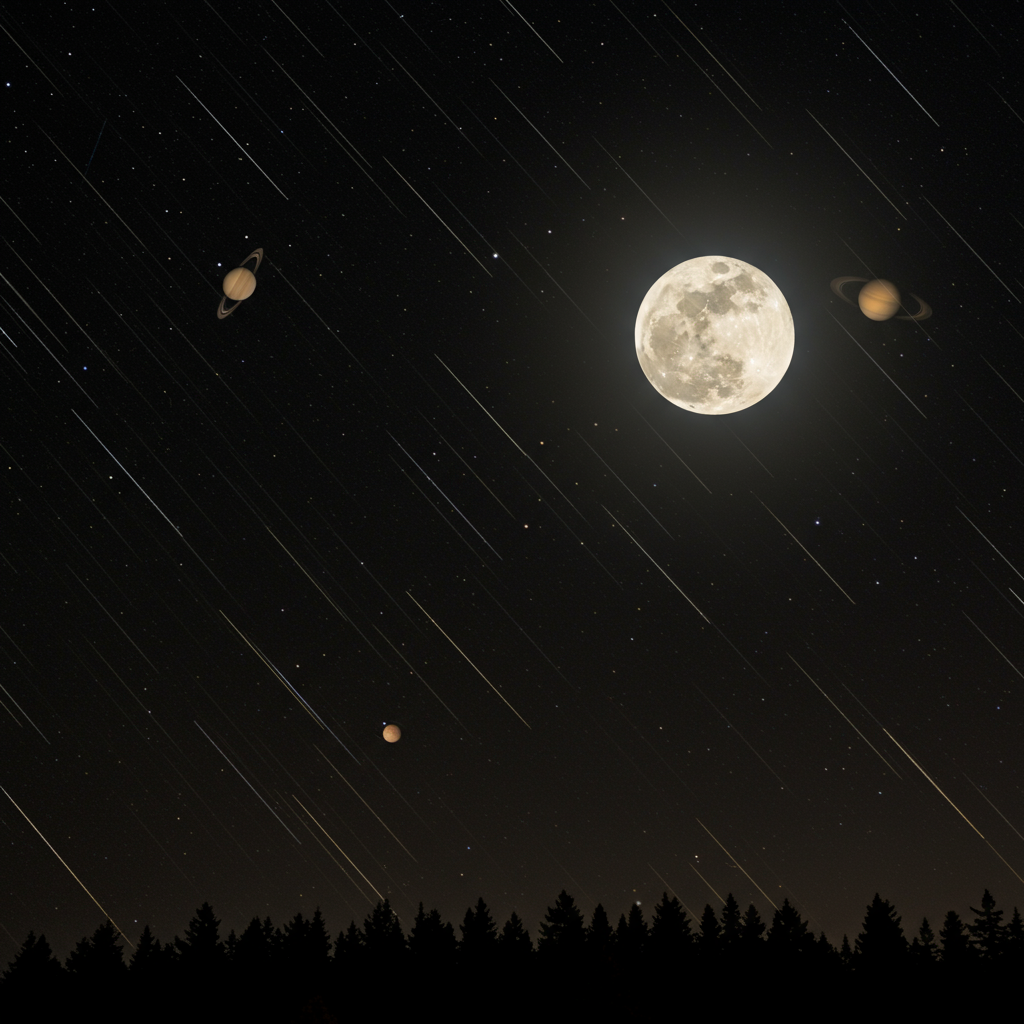The night skies above Cerro Pachón, a mountain in Chile soon to be home to the groundbreaking Vera C. Rubin Observatory, offer some of the clearest viewing conditions on Earth. However, a significant threat to the telescope’s mission is emerging just beyond our atmosphere: the rapidly increasing number of communications satellites.
Companies like SpaceX, Amazon, and others are launching vast fleets of these satellites to provide global internet access. While their bright reflections from sunlight are a minor issue for most telescopes with narrow fields of view, which can simply avoid them, they pose a unique challenge for the Rubin Observatory. Designed as a survey telescope with an exceptionally wide viewing eye, Rubin captures large swathes of the sky in each image. This wide scope means satellites frequently streak across its field, marring crucial data.
Why Satellites Harm Rubin’s Science
Astronomers are voicing serious concerns about the impact. According to Meredith Rawls, a Rubin astronomer at the University of Washington, “We’re going to miss discoveries and we’re not going to know that we missed them.” Samantha Lawler, an astronomer at the University of Regina, goes further, calling the proliferation of satellite swarms an “existential threat to astronomy.”
The sheer scale of these constellations is staggering and growing quickly. SpaceX currently operates over 7,500 Starlink satellites, representing nearly two-thirds of all active satellites in orbit. Modeling indicates that when the total number of satellites reaches 40,000 – a figure expected within the next few years – 10% of all Rubin images could contain at least one satellite streak. If companies’ proposals to the International Telecommunication Union materialize, the sky could eventually host as many as one million satellites.
The impact isn’t uniform across all astronomical studies:
Detailed Studies: Observing individual events like supernovae may be less affected.
Large-Scale Surveys: Efforts like mapping dark matter are particularly vulnerable. Dark matter is typically studied by analyzing how its gravity subtly distorts the shapes of distant galaxies across a telescope’s view. Satellite streaks degrade this data, making it harder to tease out the subtle signals. As Tony Tyson, Rubin’s chief scientist at the University of California, Davis, explains, the sheer number of streaks means “there are going to be remaining systematic errors.”
- Asteroid Detection: Searching for potentially Earth-threatening asteroids is also disproportionately impacted. These objects are often best observed at twilight near the horizon – precisely the time and location where satellites appear brightest.
Efforts and Emerging Challenges
Astronomers have engaged with satellite operators to find solutions. Tony Tyson contacted SpaceX back in 2017 before their first launch, and the company has made modifications to their satellite designs to reduce reflectivity. These include highly reflective surfaces aimed at bouncing sunlight back into space instead of towards Earth, and dedicating expert teams to address the issue.
Astronomers have also advocated for keeping satellites in lower orbits, below 600 kilometers. While low-orbit satellites can appear bright, they only glint near sunrise or sunset when close to the horizon. Higher orbits mean satellites can be visible for much of the night. Lower orbits also cause satellites to move faster, making them appear out of focus and less likely to saturate camera pixels. Most operators have adhered to lower orbits, though some are proposing higher trajectories. There’s also a push for larger, more powerful satellites with bigger reflective surfaces for direct mobile phone connectivity.
Operators like SpaceX and Amazon (which launched the first satellites for its planned 3,200-satellite Project Kuiper constellation in April) have collaborated by modifying satellites and sharing orbital data. This data theoretically allows Rubin to potentially avoid some streaks by adjusting its observation schedule, although doing so reduces observing efficiency.
However, a new challenge is emerging. Chinese companies have recently begun launching satellites for their own rapidly expanding constellations but are sharing little to no orbital information. “They’re not going to be telling us where they are,” says Tyson, limiting astronomers’ ability to mitigate the issue.
While acknowledging the significant value of global internet access, particularly in underserved regions, astronomers lament the unavoidable impact on scientific discovery. As Tyson puts it, it represents “a collision, a collision in space between two beautiful technologies.” The challenge lies in finding a way for these two vital fields to coexist in the shared space of Earth’s orbit.




